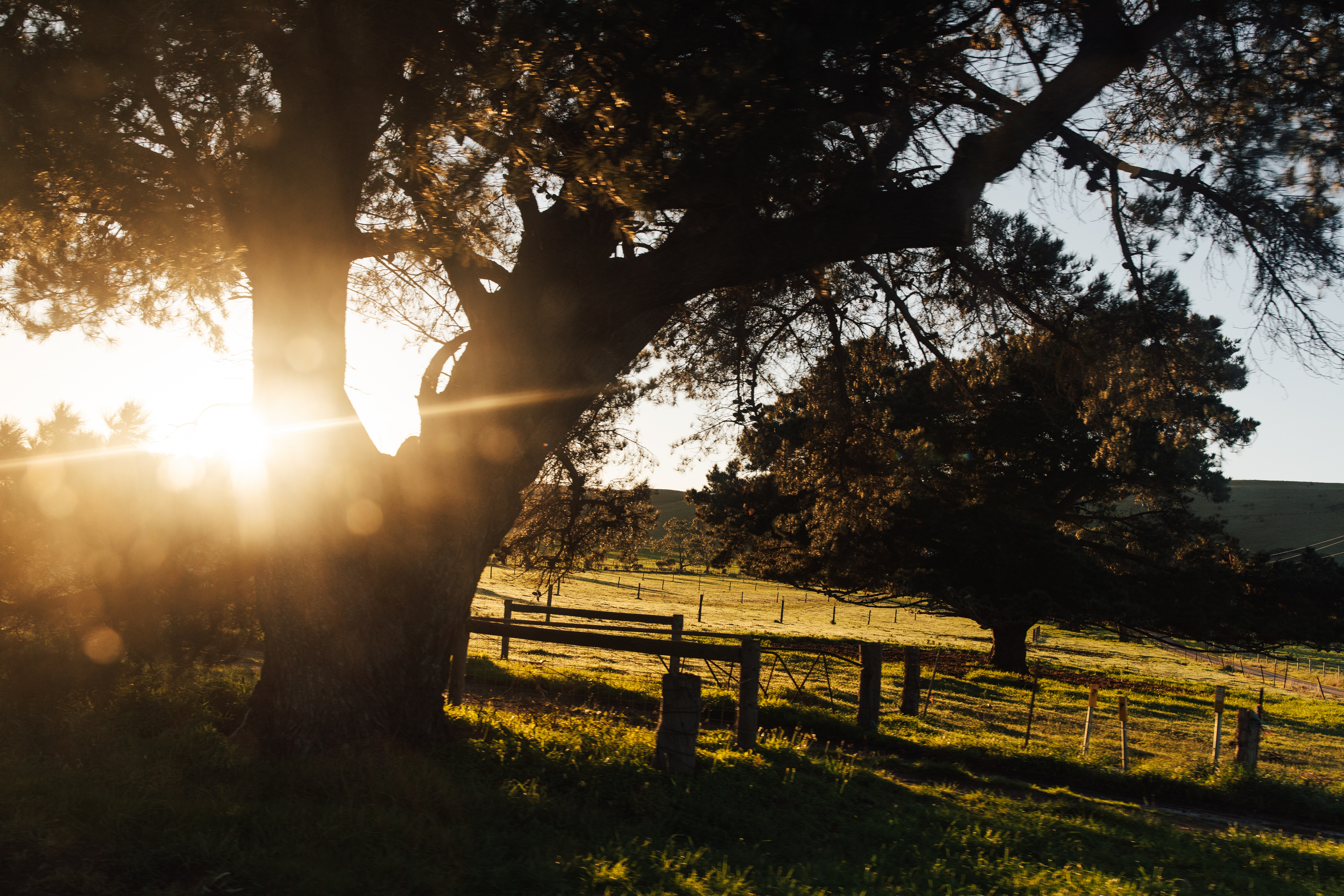
Footrot management surveillance changes in South East saleyards herald broader review
Changes to the marketing and inspection of sheep saleyards in the south-east is set to come into effect from tomorrow (Tuesday, 15 August).
Under the changes, endorsed by the Department of Primary Industries (PIRSA), Livestock SA and Stock Agents, the weekly sheep markets at the Naracoorte and Mount Gambier saleyards will become sales for terminal sheep only – sheep and lambs being purchased for slaughter, feed-lotting or finishing prior to sale to slaughter.
The changes, currently being implemented only in the south-east saleyards in time for the 2023/24 Spring Lamb season, is concurrent with a broader external review of the Footrot Program, jointly funded by the Department of Primary Industries and Regions (PIRSA) and the Sheep Industry Fund.
The external review, being conducted by Livestock SA over the next few months, will include identification of areas of improvement with the current Footrot Program and to assess alternative footrot management models.
PIRSA inspectors will still attend the terminal sheep only south-east weekly markets, focusing on Movement Documentation, Sheep health declaration and identification audits, but they will not be inspecting these sheep for footrot.
Existing PIRSA surveillance arrangements at off shears and breeder sales in the south-east will remain in place. Existing arrangements will also remain the same at all other sheep markets across the state.
Signage and other communications will be in place at both Naracoorte and Mount Gambier Saleyards to assist purchasers’ understanding of the surveillance changes, and to provide advice on managing and minimising disease risks with any potential purchase.
Footrot remains a notifiable disease in South Australia under the Livestock Act and any sheep presented for sale at the South-East Terminal markets with clinically virulent footrot will still need to be reported to PIRSA.
A final report from the broader external review into the Footrot program is expected to be provided to the State Government and Livestock SA in early 2024. Any proposed new statewide footrot management program to emerge from its findings is expected to be in place, after further industry consultation, by 1 July 2024.
Quotes attributable to Chief Veterinary Officer, Dr Mary Carr
Footrot is a complex disease with many livestock industry stakeholders potentially affected by its impact.
Current estimates of virulent and benign footrot are estimated to cost the Australian sheep industry $82.2 million a year through production losses and disease control costs. Therefore, effective management of the disease is of vital importance to industry and why the industry funded Footrot Program needs to be fit for purpose.
Implementing the interim arrangements in South-East saleyards for the 2023-24 Spring Lamb season along with the broader external review of the program, provides an opportunity for PIRSA, working with Livestock SA and industry to ensure this important program remains effective, balancing the impacts to industry while also minimising the risk of disease spread.
Quotes attributable to Travis Tobin, CEO Livestock SA
Effective endemic disease management is critical to ensuring the South Australian sheep industry can reach the goal of becoming a $3 billion industry by 2030.
While inspection changes will be in place this selling season, Livestock SA encourages producers to continue employing best management biosecurity practices around footrot, including when making purchasing decisions and introducing sheep on farm.
Livestock producers currently invest over $900,000 into the Footrot Management Program each year. The review work we are undertaking on behalf of industry will determine the best way forward for the program, its activities and the level of industry investment required.
Through the review a decision-making framework that can be used to assess other programs will be developed to enable an objective and consistent approach to all endemic disease management investment.